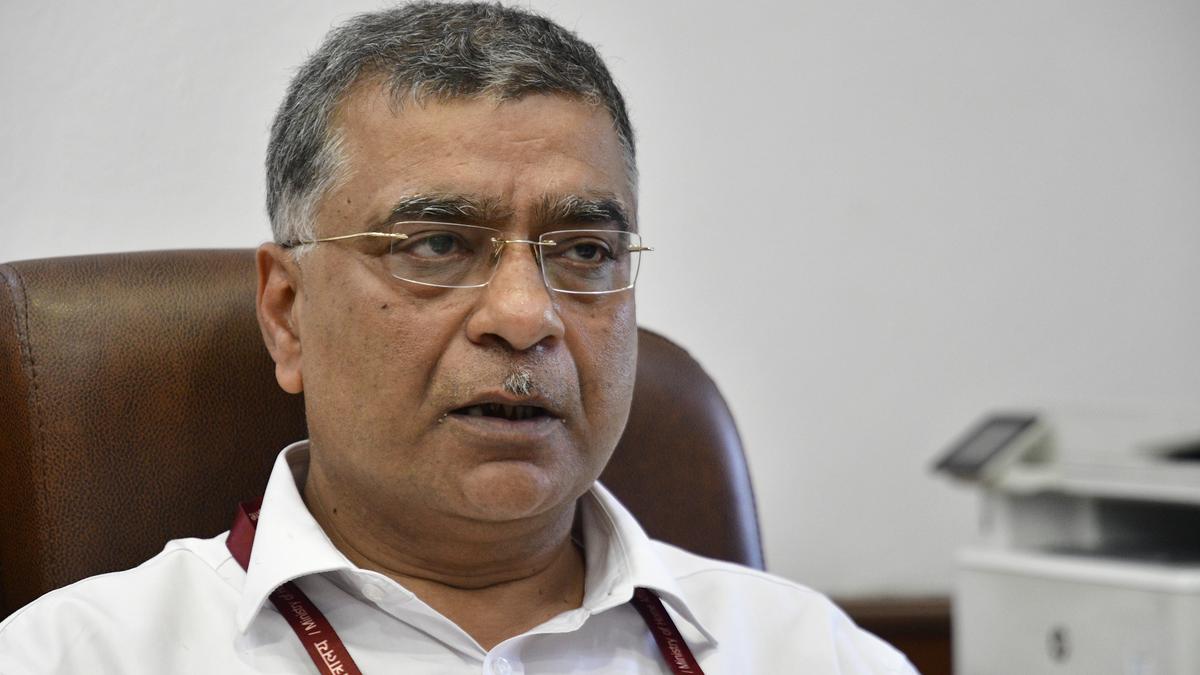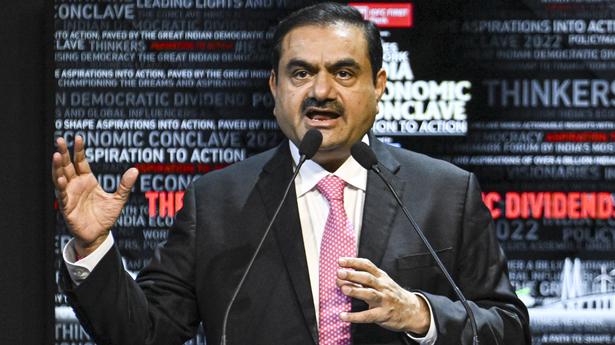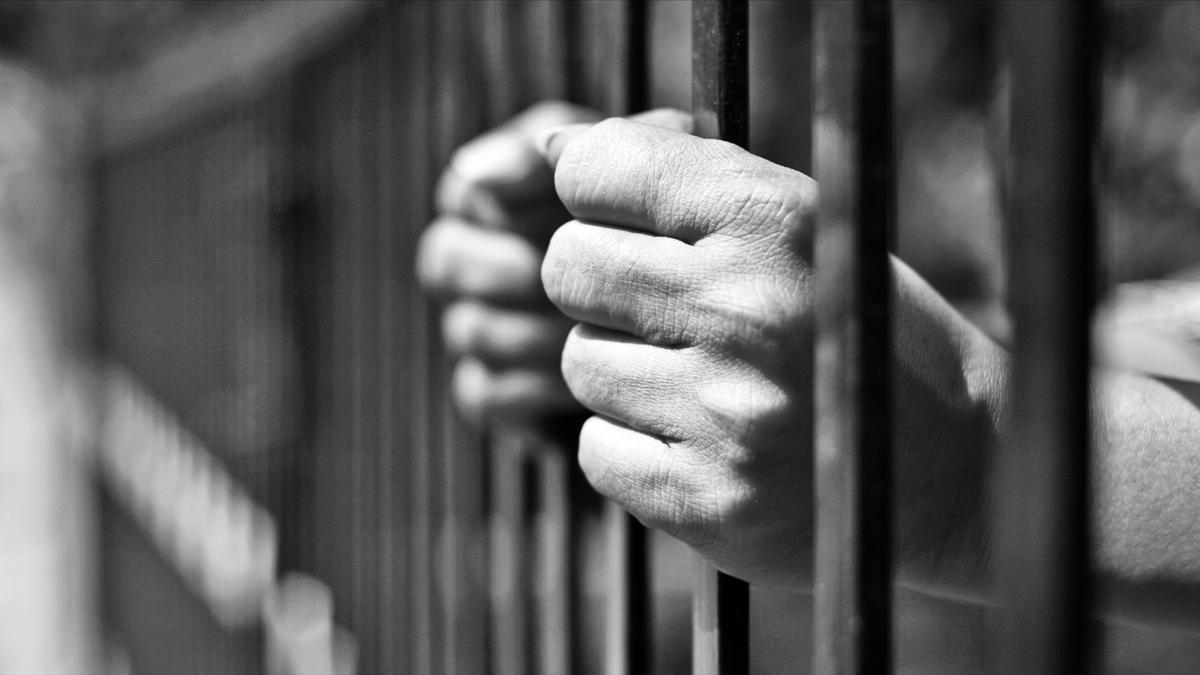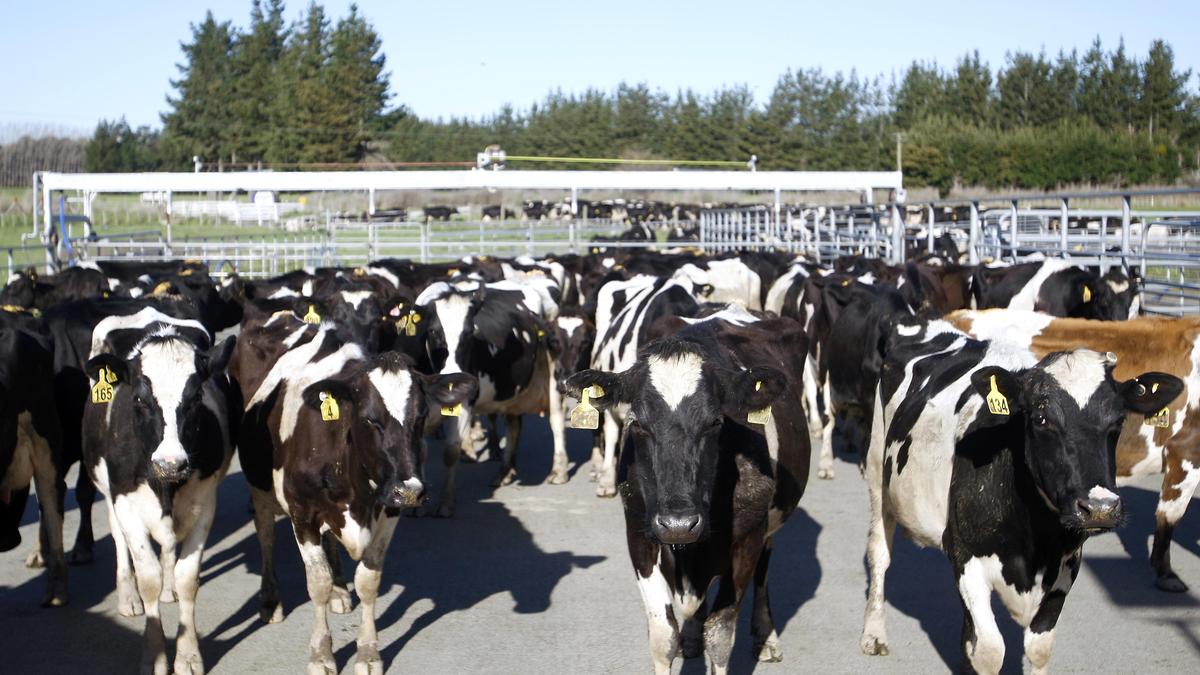For every three pilot in the country who finish flying training, there is one who is without a job and this is due to an “oversupply” which will be met in the years to come as airlines grow their fleet, according to Directorate General of Civil Aviation (DGCA) chief Arun Kumar.
“There are nearly 9,000 pilots currently employed with Indian carriers. Add to that those who work for non-scheduled operators such as charter aircraft of private players as well as State governments. Then a couple of thousands have gone to foreign airlines such as Qatar. If you add all these numbers, you will have 13,000 pilots in total. But there are still nearly 5,000 to 6,000 pilots who are out there in the market looking for a job,” Mr. Kumar told The Hindu in an interview as he gets ready to hang his boots after nearly four years as the DGCA Director-General, which followed his nine-year-long tenure at the Ministry of Civil Aviation (MCA) where he also oversaw airports as well as Economic Affairs.
Watch | Retiring DGCA chief Arun Kumar in conversation with The Hindu
“There is no guarantee that everybody who is trained to be a pilot will have a job instantly. It takes three to five years for them to find a job,” the top officer explains.
Licence renewal
Many pilots often are forced to look for other jobs as unemployment for a long time results in their licences getting expired and renewing them costs more money. For example, a gap of three years will require a pilot to get type-rating [rating for a specific aircraft type] afresh, which could entail an expenditure of ₹16.5 lakh.
Dismissing concerns over an acute shortage of pilots voiced by some airline officials heading flight operations, the senior official said that there was in fact an excess supply of pilots.
“Last year we saw a record number of licences issued — 1,200 for co-pilots and 600 for commanders. While there is no dearth of pilots for narrowbodies such as Airbus A320s and Boeing widebodies such as B777s, we do face issues with smaller aircraft such as Q400 and ATR,” the officer said.
The issue of pilot shortage has come to the fore once again following Air India’s announcement last week to add 470 twin-and single-aisle aircraft from Airbus and Boeing and induct them over a 10-year period.
Those closely familiar with Air India’s operational requirements, as reported in The Hindu on February 19, say that the airline will need to quickly ramp up pilot hiring, and induct as many as “7,000-8,000” pilots. On Friday, Air India announced that it will hire 900 pilots and 4,200 cabin crew in 2023 alone.
Air India incident
Speaking on the recent controversy involving a male passenger urinating over a woman co-traveller on an Air India flight, the officer said that there was a “cover-up” by the airline which had failed to report the errant passenger to the police as well as inform the DGCA about the incident.
Mr. Kumar said the crew also failed to perform their duty. “You can’t stay away from your responsibility. They have to follow the Civil Aviation Requirement [rules] for unruly passengers and initiate the process of reporting. The crew can’t sit in judgment and decide whether there was an offence or not. That’s the job of the police,” said Mr. Kumar who imposed a fine of ₹30 lakh on the airline and suspended the pilot-in-command for three months after the incident attracted media attention last month.
Staff crunch
On the critical issue of the DGCA’s own capabilities to ensure oversight over the civil aviation sector at a time of rapid growth, in particular its staff crunch, the Director-General said that there were plans to ramp up recruitment and take the total staff strength from 700 at present to 1,100 in the next two years, and add a total of 1,000 technical personnel by the year 2030 to ensure oversight.
There have also been demands for more rigorous financial audits of airlines to assess their capacity to better maintain their aircraft and provide safe operations – last year the regulator pulled up SpiceJet for failing to pay vendors for spare parts and maintenance resulting in its failure to provide reliable services, and also grounded 50% of its fleet for eight weeks.
Mr. Kumar said that the regulator has a “a limited role” as airline business is an “economic and a private enterprise.” Aviation consultancy firm CAPA has often said that there is a need to ensure that airlines have 5-6 months of reserves to ensure continuity of operations and to raise the minimum threshold of ₹50 crore needed to start an airline.
The following is the interview in full
‘We are back in action after COVID-19’
You have spent close to 11 years in the civil aviation space- 4 at the DGCA, 5 at the Ministry of Civil Aviation and 2 at the Haryana Civil Aviation Department. You came to the centre inMarch 2014. So what are the changes you have seen in this space, and what are the important challenges before us?
Between 2014 to 2023, the growth has been phenomenal. 10 years back, we used to 3 million to 5 million passengers per month, or 2.5 lakh passengers per day. Now, this number has grown to 13 million, which is a 250% growth. How did this happen? The revolution and the number of passengers rising is primarily due to the growth of the low-cost carriers, and one of our LCCs is one the largest in the world. Our aircraft fleet – in 2019 we were at 700 aircraft, out of which 600 are narrowbodies. And the growth has also been primarily supply driven- when there were less aircraft, there were fewer passengers but when airlines brought more aircraft the expansion in the volume of traffic was also massive. And then there is also a competitive environment which has driven prices down, which allows passengers greater frequency, more destinations etc. Covid-19 acted as a speed-breaker in this growth temporarily, but now we are back in action.
Given the exponential growth, how is DGCA planning to ramp up staffing requirements especially in critical areas such as flight safety and improve institutional capabilities?
We are also upgrading ourselves and professionalising. We have nearly 700 personnel working for us and we are going to add 400 more in the next two years. The government has also allowed us to add a total of 1,000 personnel in the next eight years by 2030. This will bring a lot of technical personnel in our team to carry out oversight activities.
One of the key challenges before a rapidly growing sector is also one of paucity of pilots, and this is once again a hot topic of discussion because Air India has placed an order of 470 aircraft and many ask where will the pilots come from. How is pilot training capacity being improved in the country?
Our data shows that there are 9,000 active pilots currently employed with various airlines. Then there are some pilots with non-scheduled aircraft operators such as private players and State governments. There are also those who work for foreign carriers such as Qatar. This gives us a total number of 12,000 pilots employed in the present. This leaves us with nearly 5,000 to 6,000 pilots who are still looking for a job. There is no guarantee that if you are a pilot, you will get a job. It takes time, maybe three to four or five years . We ourselves hired someone for a role at DGCA, who was a school teacher in Bahadurgarh in Haryana despite being a fully-trained pilot? There are many like him who are forced to look for secondary choices. But we are a human-resource rich country and there is no shortage of pilots, barring some types of aircraft such as Q-400 or ATR for which we allow hiring of foreign pilots.
But, since aircraft expansion is underway by various airlines and nearly 1,000 aircraft are already on order, many pilots will find opportunities.
I want to talk to you about a recent controversy, which involved a passenger on Air India urinating over a woman co-traveller on a flight from New York to Delhi on November 26. What went wrong here? You were also criticised for giving a 3-month suspension to the pilot? Was the crew at fault or the airline?
Something like this should not have happened in the first place. The second thing is, in case it happened, this could have been handled better. The person [pilot-in-command] involved also felt it could have been handled better. What is important here is the lack of enforcement by airlines in more cases than less, which result in embarrassing events in the aviation sector.
So, a commander of an aircraft you are the boss of that plane, you have to take certain calls and you can’t shy away from your responsibilities. Your job is to act as per the Civil Aviation Requirement on unruly passengers and inform the ground staff, and initiate the reporting process laid down. You can’t sit in judgment or investigate the matter. The police must be allowed to do that. Then the airline too tried to cover up the whole incident.
But lo and behold, since our decision [ to impose a penalty of Rs 30 lakh on the airline, and suspend the pilot for 3 months] the reporting of such incidents has gone up and now every day we see on an average two or three incidents of unruly passengers behaviour being reported to us which include passengers smoking the lavatory or misbehaving with crew or co-passengers in a drunken state.
In India, we are seeing many financially weak airlines. Last year, you grounded 50% of SpiceJet’s fleet on the ground that it didn’t have sufficient funds to support their maintenance which was impacting air safety? Do you think the DGCA then needs to conduct a more rigorous financial audit also since it impacts passenger safety?
We have a limited role to play here. These are economic and private enterprises and they have to generate money and pay those who work for them or support them. But, hopefully with Covid-19 now over things are looking better for the aviation sector, passengers are back in the market and hopefully airlines will perform better financially.
In the past four years here at the DGCA, which was your toughest decision. And what is that one decision you wish you had the time to take before retiring on February 28.
When I joined the DGCA in 2019, the issue of Pratt and Whitney engines of IndiGo was a big challenge. Every day there would be an inflight shut down etc. There was a lot of media glare on this issue too. So, we started talking to the airline who said it is not in their hands and the engine manufacturer is not listening. Then Airbus was not very forthcoming at all. So, we had to put our foot down and a point came where we said we will now allow such engines to fly in the country. We gave them a stringent timeline of three months to replace the engines.
And the one decision I would have liked to have time to take is the issue of cabin crew training. Many people who travel think the cabin crew is meant to only greet them and serve them coffee and tea. This is not their primary job. They have a far more serious duty which is to ensure safety of passengers and the aircraft. But since airlines are a private enterprise, and cabin crew training programmes are not being conducted properly.







